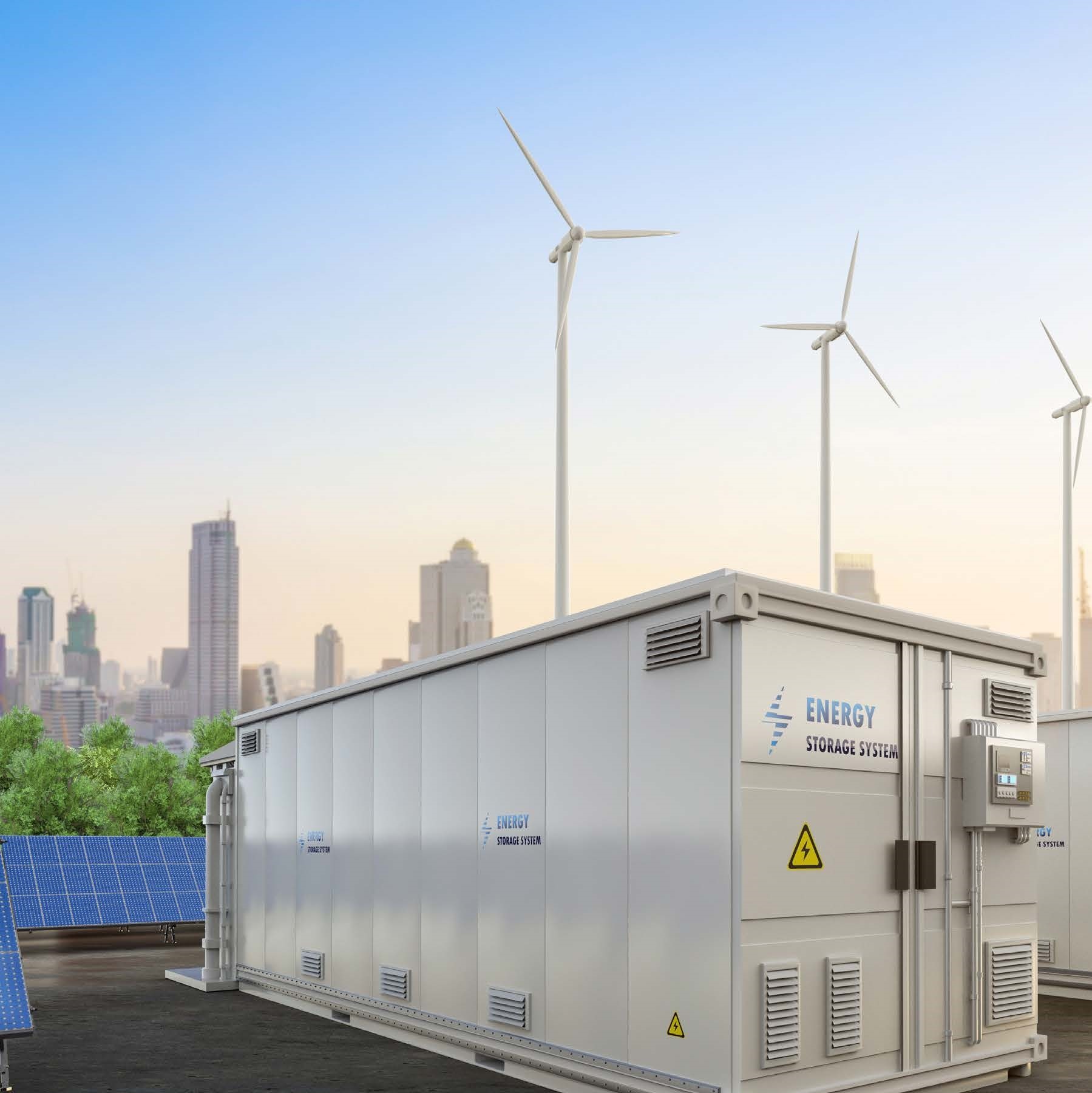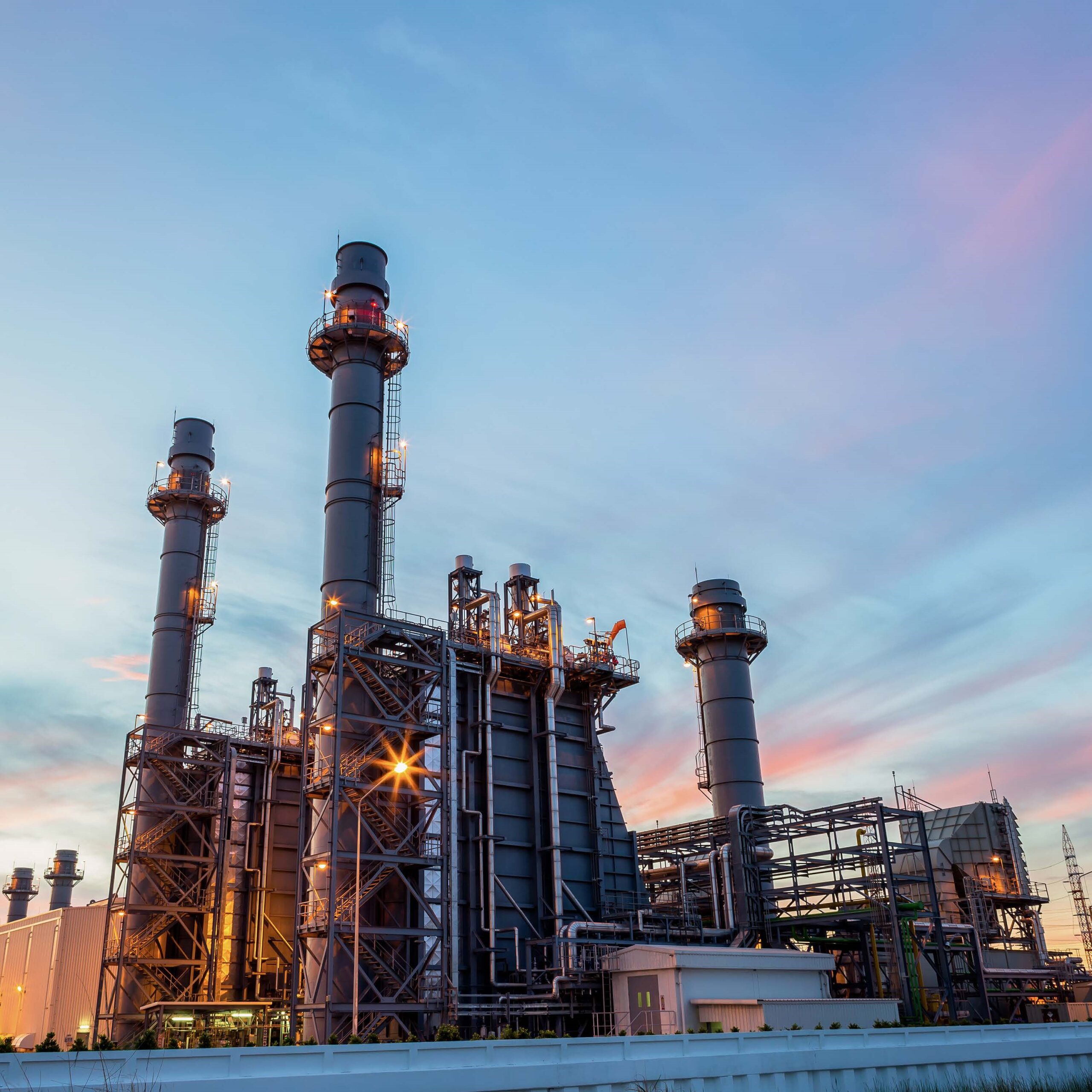Electrifying industrial heat is critical for decarbonization and can increase energy security. Electrothermal energy storage (ETES) is a new, commercially available technology to electrify heat in industry and other sectors.
A new report by Systemiq, developed with the support of Breakthrough Energy, shows how regulators and policy makers can accelerate the adoption of ETES – promising new technologies for building low-carbon, competitive and resilient energy systems.
Launched by Breakthrough Energy at the Munich Security Conference, this report estimates the global impact of ETES on fossil fuel consumption and emissions. It calls out actions needed today from policy makers, grid operators, industry and ETES technology providers to catalyse a tipping point.
What is electrothermal energy storage (ETES)?
ETES technologies electrify industrial heat processes and store energy as heat. They use electricity to produce heat and then store it in a heat storage medium, such as bricks. Systems can charge when electricity is cheapest – typically when excess renewable electricity is produced. The stored heat is then used to generate a continuous flow of heat on demand.
”“Electrification of heat is crucial for decarbonization of industry, but integrating large continuous loads into the electricity grid has been a barrier.
Maaike WitteveenSystemiq
ETES technologies are a promising solution because they can make these loads flexible.”
Commercially available models can deliver up to 400°C today, (with 1,500°C + in development), typically as hot water or steam, meaning that they can replace fossil fuel–based industrial boilers. Today there are over 40 technology providers globally.
ETES is relevant for decarbonizing industrial sites and other processes that require heat continuously, and for large-scale users that want to use energy from wind or solar instead of from fossil fuels to fulfil their energy needs.
Why is scaling up ETES so important?
Industrial heat is significant for fossil fuel consumption, including natural gas. It makes up about 25% of global energy consumption and almost 20% of global CO2 emissions.
ETES systems are a solution and are already operating across sites in Europe and the United States. By mid-century, ETES could displace the equivalent of ~30%–40% of current global gas use and abate up to 14% of today’s energy-related GHG emissions.
ETES can shore up the competitiveness of local industry and reduce dependence on natural gas, by replacing natural gas (or coal or oil) consumption with the cheapest hours of locally generated renewable electricity. It brings additional benefits for the electricity system through facilitating more renewable generation to come online and lower grid investments through its ability to store electricity in the form of heat. ETES technologies can have local supply chains as no scarce materials are required.
”“Industrial heat is a significant component of today's energy system, representing two-thirds of industrial energy needs and nearly a fifth of global energy consumption. Electrifying heat and the storage benefits that such technologies provide could be transformational - not only for industrial decarbonization but also for enhancing energy security and resilience by decreasing gas consumption. ETES technologies can also increase energy system flexibility by facilitating the integration of a greater share of renewable energy sources and alleviating congestion in electricity grids. Overall, ETES can contribute significantly to a more sustainable and efficient energy landscape.”
Julia ReinaudBreakthrough Energy
What is needed for ETES to reach a tipping point?
Stakeholders – including policy makers and grid operators, technology providers and industry end-users – can take action today to ensure that this scale-up is underway by 2030, potentially without requiring subsidies.



We also identified country-specific actions that are required to overcome barriers to ETES, in terms of affordability and accessibility.











